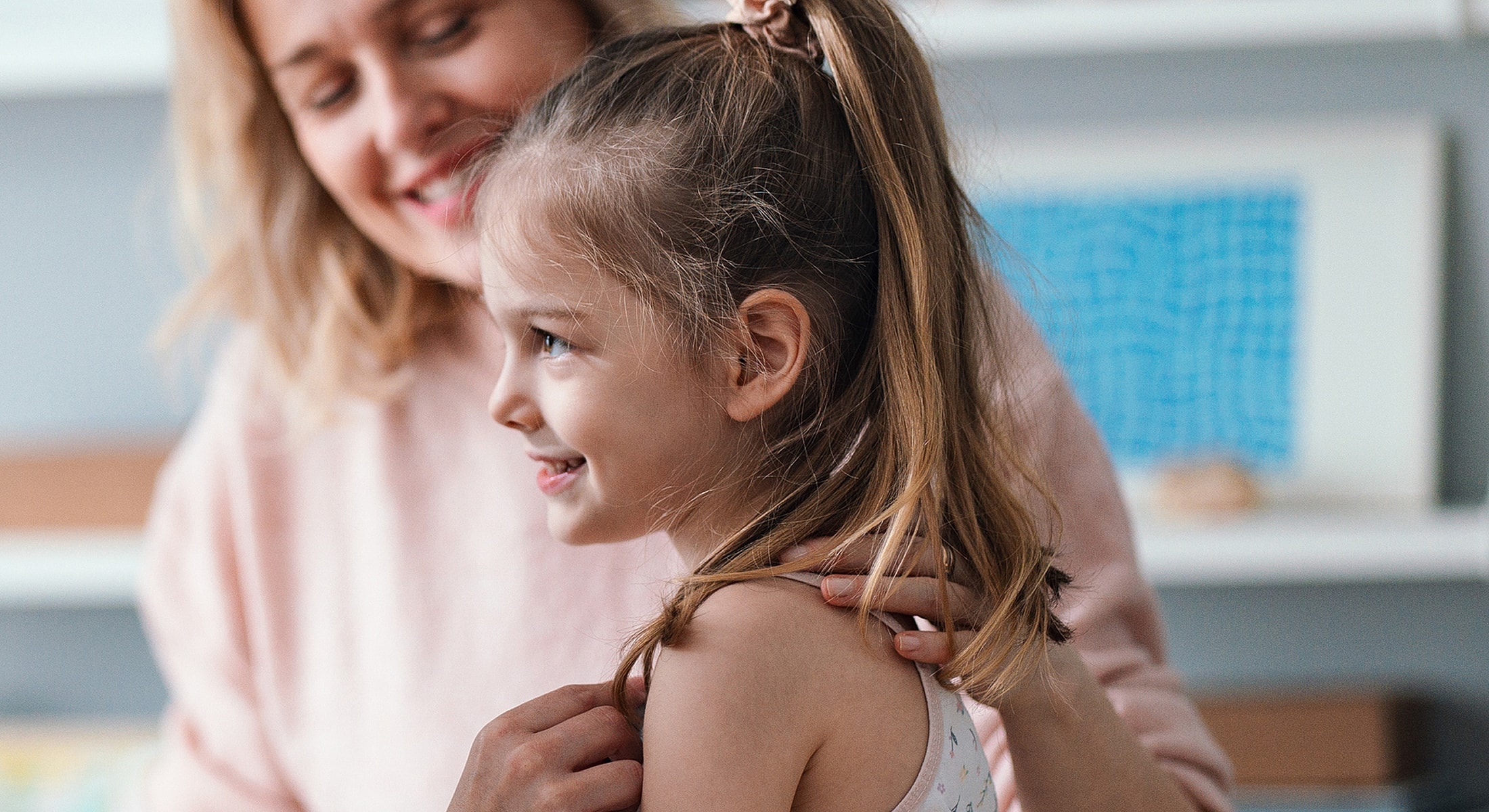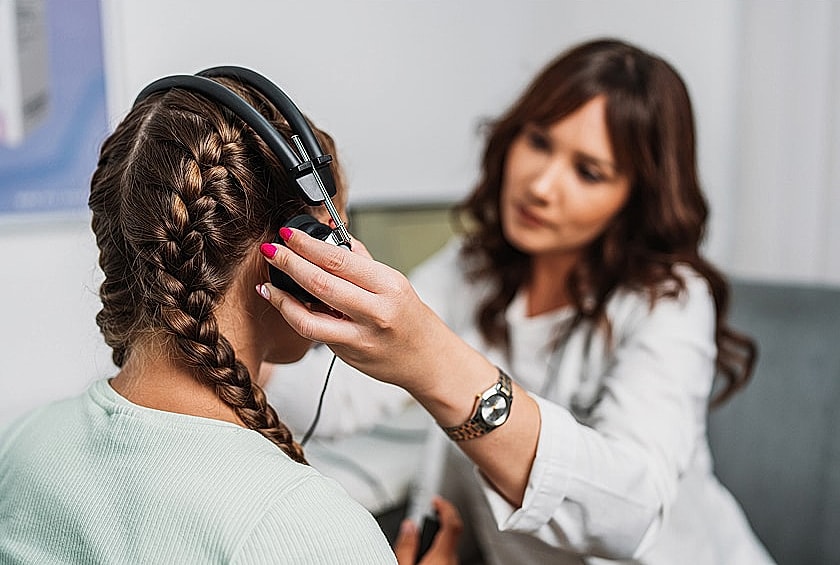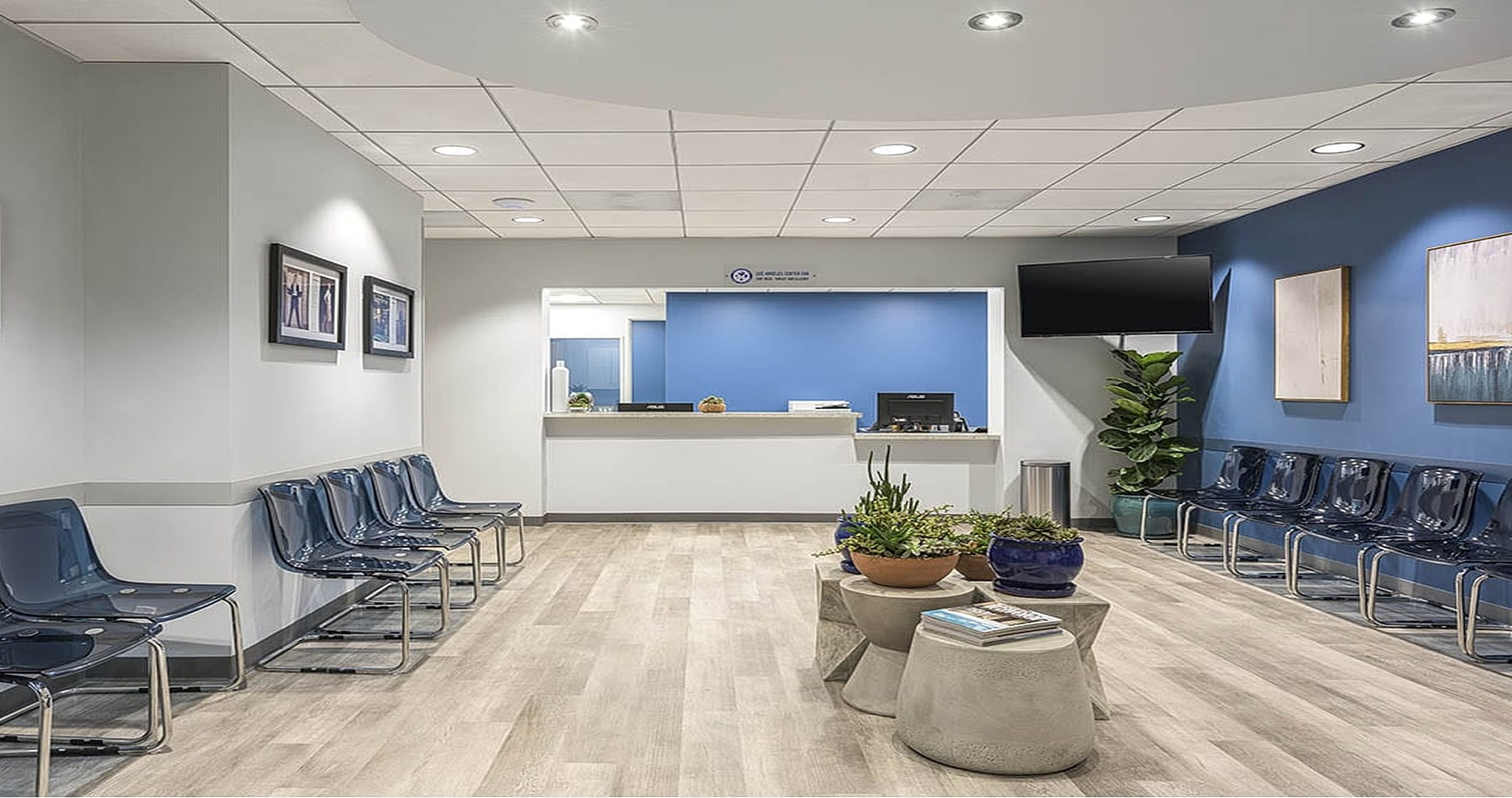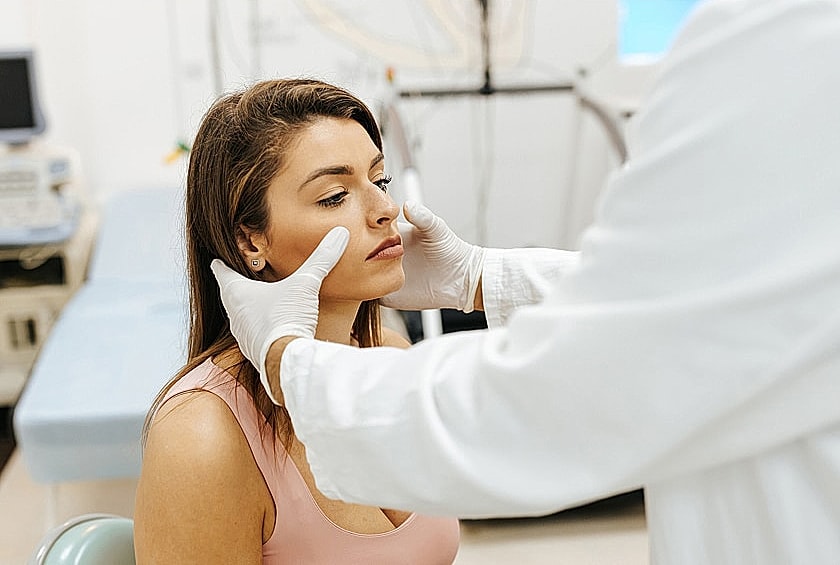SoCal ENT provides expert care for pediatric sleep apnea, offering advanced treatments to improve breathing, sleep quality, and overall health.

















At SoCal ENT, we recognize how vital healthy sleep is for your child’s development and overall well-being.
Pediatric sleep apnea, while common, can significantly disrupt breathing at night, resulting in poor sleep, daytime tiredness, and changes in mood or behavior. Our skilled specialists offer thorough evaluation and personalized treatment to help your child breathe easier and sleep soundly.





Pediatric sleep apnea is a condition where a child’s breathing repeatedly pauses during sleep due to a blocked or narrowed airway. These interruptions can lead to restless nights, loud snoring, mouth breathing, and daytime fatigue or behavioral issues. Left untreated, sleep apnea can affect a child’s growth, learning, and overall well-being.
Sleep apnea falls into two categories:
Obstructive Sleep Apnea (OSA): Obstructive sleep apnea is caused by enlarged adenoids or tonsils that block the airway.
Central Sleep Apnea (CSA): This less common form of sleep apnea occurs when the brain fails to send the proper signals to regulate breathing during sleep.
At SoCal ENT, we specialize in diagnosing and treating pediatric sleep apnea to help your child breathe, and sleep, better.
Nighttime Symptoms
Daytime Symptoms
If your child exhibits these signs, pursuing an early diagnosis and treatment is important to avoid potential long-term complications.

At SoCal ENT, we take a thorough and personalized approach to diagnosing pediatric sleep apnea. Our evaluation process may include:
With an accurate diagnosis in hand, our specialists will design a tailored treatment plan to help your child breathe better and sleep more soundly.
For children with mild obstructive sleep apnea, certain everyday changes can lead to noticeable improvement:
For moderate to severe sleep apnea, PAP therapy such as CPAP or BiPAP delivers steady airflow through a mask, helping to keep the airway open overnight when surgery isn’t an option.
These mouthguard-like devices gently reposition the lower jaw or tongue during sleep to improve airflow and reduce obstruction.
When significantly enlarged tonsils or adenoids are blocking airflow, surgical removal can offer long-term relief.

Your child may benefit from diagnosis and treatment of sleep apnea if they exhibit:
Treatment is especially important when sleep disturbances begin to affect your child’s behavior, focus, or overall well-being. While some mild cases respond well to home-based strategies or medications, more severe obstruction may require surgical intervention, such as tonsillectomy and adenoidectomy (TA surgery), or CPAP therapy for long-term relief.
If you’re unsure whether your child needs care, our team at SoCal ENT in Palm Springs is here to help. Schedule a personalized consultation to review your child's symptoms and explore safe, effective treatment options.

Recovery from pediatric sleep apnea treatment is typically quick and well-tolerated. After tonsillectomy and adenoidectomy (TA surgery), most children feel better within one to two weeks. Discomfort is mild and manageable, while non-surgical treatments like CPAP or oral appliances may require a short adjustment period.
Following treatment, children often experience deeper sleep, less snoring, and improved daytime focus and mood. Many families notice better energy, behavior, and overall quality of life within just a few weeks.
Our caring team at SoCal ENT provides continuing support to ensure your child achieves lasting relief from their sleep apnea symptoms.
Not necessarily. However, loud snoring, especially when paired with breathing pauses or restless sleep, can often be a sign of sleep apnea.
Mild cases of sleep apnea might improve as children grow, but leaving it untreated can cause ongoing health issues. It's always wise to seek a medical assessment.
When enlarged tonsils or adenoids obstruct breathing significantly, removing them through a tonsillectomy and adenoidectomy might be the most effective solution.
Conducting a sleep study, also known as polysomnography, is the most precise method for diagnosing sleep apnea in children and identifying the most effective treatment approach.
If left untreated, pediatric sleep apnea may cause behavioral challenges, hinder learning, contribute to heart issues, and stunt growth.